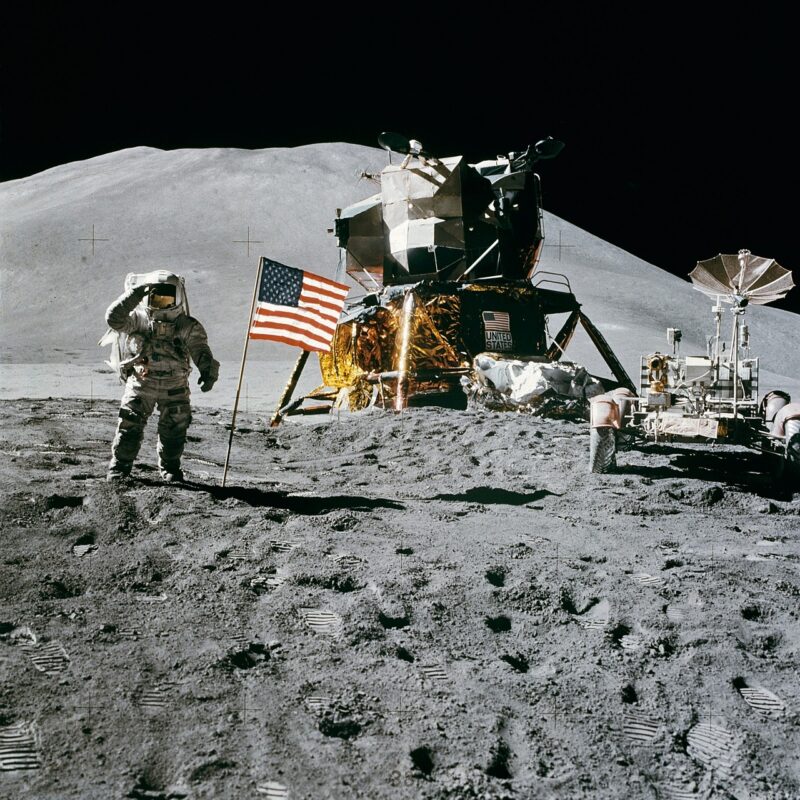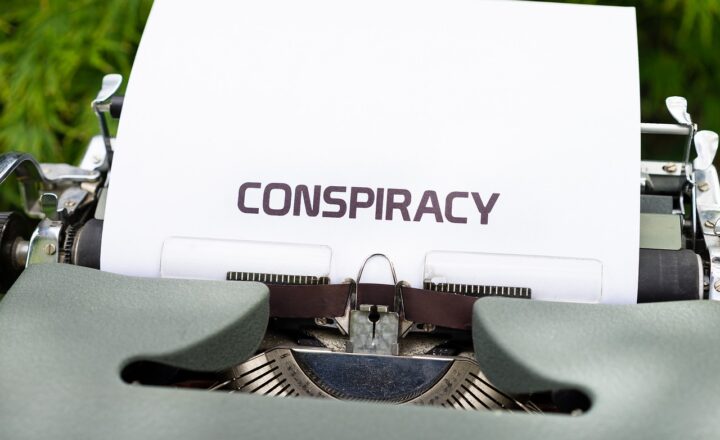The Conspiracy Theories Surrounding the Moon Landing: Was It All Staged?
November 15, 2024

The moon landing, a monumental achievement for humankind, has been revered as one of the greatest technological feats in history. On July 20, 1969, Neil Armstrong took his first steps on the lunar surface, declaring, “That’s one small step for [a] man, one giant leap for mankind.” However, despite the global accolades and unifying triumph celebrated across nations, the moon landing has not escaped skepticism. Conspiracy theories asserting that the event was staged by NASA have flourished over the years, captivating the minds of many. In this article, we will delve deep into the most prominent conspiracy theories surrounding the moon landing and assess their validity.
1. The Origins of the Moon Landing Conspiracy Theories
The idea that the moon landing was hoaxed has roots in the broader context of public distrust in government institutions, particularly during the tumultuous period of the late 1960s and early 1970s. The Vietnam War, the Watergate scandal, and rampant civil unrest contributed to a climate of skepticism, making citizens more likely to question authoritative narratives. Here are a few key points that catalyzed the moon landing conspiracies:
- Cold War Tensions: The space race was intrinsically linked to the geopolitical rivalry between the United States and the Soviet Union. Conspiracy theorists often argue that a successful moon landing could have been fabricated to assert American superiority in the face of Soviet achievements in space, like launching Sputnik in 1957.
- Visual Evidence Misinterpretations: Detractors analyze photos and videos from the Apollo missions, claiming inconsistencies and anomalies point toward manipulation. For instance, shadows in photographs appear inconsistent, and some theorists posit that the presence of stars in the lunar sky should have been visible but were absent in the photos taken on the moon.
- The Role of Hollywood: Some enthusiasts suggest that the meticulous production skills of Hollywood could have produced convincing proofs of the moon landing. This idea flourished as various documentaries and films, like “Capricorn One” in 1978, showcased convincing yet fictional portrayals of space hoaxes.
As these narratives began to amalgamate, the moon landing conspiracies took shape, asserting that the entire event was a meticulously orchestrated performance rather than a genuine achievement.
2. Analyzing Popular Moon Landing Conspiracies
Several specific arguments have garnered significant attention over the years, leading some individuals to assert that the moon landing was an elaborate ruse. Here, we’ll evaluate these popular claims and scrutinize their foundations:
a. The Flag Flapping in a Vacuum
One of the most cited claims is that the American flag appears to flutter in videos taken on the moon, which should not be possible in a vacuum, where there is no atmosphere to create wind. However, skeptics neglect to consider the design of the flag itself; it was equipped with a horizontal rod to give it structure, creating an illusion of movement when astronauts positioned it into place. 🏴
b. Anomalies in Shadows and Lighting
Critics point out that shadows cast by lunar lander equipment appear to be inconsistently directed, suggesting artificial lighting rather than sunlight. In reality, the irregularity in shadows over the lunar surface can be attributed to uneven terrain and the perspective in which the photographs were taken. Natural lighting behaves differently in real-world scenarios than would be expected in a controlled environment. 🌔
c. The Absence of Stars in Photographs
Another prominent claim is that stars were not visible in the photographs taken from the lunar surface. Critics assert that if the astronauts were truly on the moon, the night sky should have been filled with stars. However, the reasons behind the absence of stars is due to the camera exposure settings used to capture images of bright subjects such as the lunar module and astronauts. The short exposure times prevent faint light sources like stars from appearing, corroborating the authentic photographs captured during the mission. ⭐
3. The Testing of Conspiracy Theories against the Evidence
As compelling as some conspiracy theories may seem, extensive scientific evidence supports the authenticity of the Apollo moon landing. Experts and researchers have conducted rigorous examinations, producing facts that contradict the top conspiracy claims. Here are a few key points:
- Moon Rocks: One of the most tangible pieces of evidence supporting the moon landing is the collection of 382 kilograms (842 pounds) of lunar rocks, which are distinctly different from terrestrial materials. These samples have been subjected to rigorous analysis by scientists around the world and have been confirmed as coming from the moon.
- Independent Tracking: During the Apollo missions, independent tracking stations around the globe monitored the spacecraft’s trajectory. Observatories in Australia, Spain, and other countries tracked the missions in real-time, providing collaboration to NASA’s narrative from unaffiliated sources.
- Technological Backing: The advances that came as a result of the Apollo missions contributed significantly to fields such as computer science, telecommunications, and engineering. The development of new technologies based on real lunar experiences is more convincing than a mere Hollywood production could account for.
This substantial body of evidence not only reinforces the moon landing’s credibility but also showcases its significance as a scientific milestone. Scientists and skeptics alike must appreciate the overwhelming facts that surround the phenomenon and engage in critical thinking rather than relying solely on conjecture.
4. The Cultural Impact of Moon Landing Conspiracies
The skepticism surrounding the moon landing has influenced popular culture and inspired a plethora of movies, television shows, and documentaries that explore conspiracy theories. These works often juxtapose science and fiction, blending fact with fiction and stimulating debates about trust, reality, and perception. Moreover, the conspiracy theories have sparked critical discussions about the role of government transparency and the importance of questioning narratives that authorities present.
From the infamous documentary “The Apollo Hoax” to shows like “Ancient Aliens,” the allure of conspiracy theories remains captivating, appealing to the deepest curiosities within us. The cultural impact of these theories has further entrenched skepticism among a subset of the population.
5. Conclusion: The Need for Critical Thinking
Despite the sensational headlines and compelling narratives of conspiracy theories surrounding the moon landing, the overwhelming preponderance of evidence affirms its authenticity. It’s essential to approach such theories with a critical mindset, examining the claims thoroughly while weighing them against the abundance of factual data available. Engaging in respectful discourse about these topics can lead to a better understanding of not only historical events but also of how misinformation can proliferate in the digital age.
By fostering critical thinking skills and scientific literacy, society can continue to differentiate between reality and fiction, paving the way for informed discussions on matters that shape our understanding of the world. Remember that trust in verified knowledge and genuine achievements, such as the moon landing, can inspire future generations to explore, innovate, and push boundaries in human endeavor and creativity.
**References:**
1. NASA Apollo Mission Archive
2. The National Museum of Natural History: Moon Rocks
3. Author Jeffrey K. McManus: *The Lunar Legacy*
4. NASA: *30 Ways Lunar Exploration Enhanced Life on Earth*







